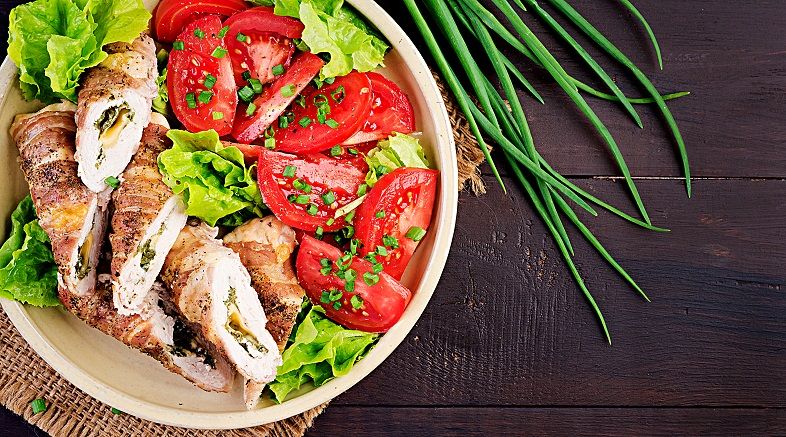Many patients who are interested in plastic surgery are dealing with the consequences of weight gain and then the residual skin after weight loss. However, weight loss is a challenge, and maintenance of a healthy weight is even more difficult.
Patients are often frustrated with their progress and can’t reach their goal weight. Many of these patients explore the option to have plastic surgery help them along their weight loss journey. However, there are real medical consequences to operate on patients who register a Body Mass Index (BMI) of 30 or above.
What is BMI?
Your body mass index is a calculation made based on your height and weight and gives an estimate of the amount of fat within the body. This calculation does not account for sex, age, ethnicity, or muscle mass; however, it is a relatively good estimate of the percentage of fatty tissue in an individual. The calculation is the product of your weight (kg) divided by your height (meters) squared.
Why is BMI important?
Patients who have a BMI over 30 are considered “obese” on the scale, which significantly increases the surgical risks with any procedure. Obese patients are at higher risk for diabetes, hypertension, heart disease, and stroke.
Concerning surgical procedures, these patients are at high risk for infection, skin loss (necrosis), anesthetic risks, and poor aesthetic outcomes. Frequently, patients with high BMI also have significant intra-abdominal fat, which is also a separate increased risk for heart disease.
What do you do if your BMI is over 30?
We recommend that all patients who have a BMI over 30 should continue to lose weight through both diet and exercise. The risks for surgery are significantly elevated and not worth the possible complications to undergo procedures until the patient has reached an acceptable BMI value. The reason for this is that patients who have lower BMIs exhibit faster and easier recoveries with fewer complications and better overall results. Patients are encouraged to consult with a dietician and possibly personal trainer to help maximize their abilities to lose additional weight. Having professional help gives individuals accountability to others on their weight loss journey. These professionals also have unique perspectives to help individuals overcome the obstacles to losing unwanted weight.
The Diet

Weight loss is not easy, but finding the culprit of excess caloric intake is essential to overcoming this challenge. The apps are easy to search in the app store and google play store. We recommend My Diet Coach for self-dieting routines, and you may find more assistance in a subscription-based meal and app combinations from established companies like Weight Watchers and Noom.
Diet regimens are beneficial in the journey to lose weight and require discipline and organization to be successful. Many diets become trendy or popular each season. Currently, the Keto diet and Intermittent Fasting (IF) are the most well-known, but that does not mean they are the best. The key to successful dieting is maintaining a diet where your caloric intake is less than your metabolic needs. In that scenario, you WILL lose weight. Keto limits the overall carbohydrate intake by counting macronutrients (macros), and IF primarily limits the time you can eat during the day. Both of these diets have been shown to help individuals lose weight and keep it off. However, if you do not limit or improve the calories you take in, you will continue to gain weight or fail to lose.
There are many good choices available for food, but cooking is the safest way to ensure you are eating healthy and consuming the nutrients you need. Eating out can be your downfall as restaurants want to make the food taste great, which can result in unwanted and unnecessary calorie consumption. Many local businesses provide a subscription and delivery food service where the meals are pre-cooked, healthy, and made with the macros on the lid. This removes the stress of cooking and counting individual macronutrients of each meal, allowing you to concentrate solely on your exercise.
The Workout

What Marin Aesthetics can do for you
Patients are often happier, healthier, with more energy after achieving their weight loss goals. These same patients will likely present to our office with more excess skin as a result of the additional weight loss, but this will allow us to create an even more dramatic change to an individual since we can do more work on a healthier patient.
(Check out our After Weight Loss Procedures Here)
Best of luck, and we will be waiting once you achieve your weight loss goals!
*The content in this blog is developed to spread the awareness towards plastic surgery. Our blog is not intended to serve as a replacement for an actual in-office consultation with Dr. Marin. As such, the information within this blog reflects the unique cases of our individual patients.